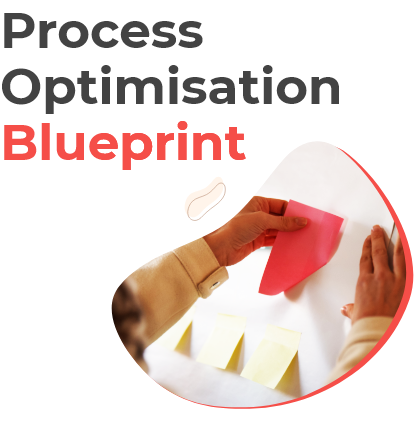Fueling Growth through Technological Integration

The 21st century has become synonymous with change, with technology taking a turn for the better with the aid of the global boon that is the internet. Business organizations around the world have been quick to capitalise on this by harnessing technology and integrating it into core processes to catapult growth.
With its instant access environment and the ability to stay connected all the time, technology has transformed the ecosystem of an office, with new technologies being developed to help employees communicate and share resources.
Digitisation strengthens the business and makes the work of the management easier by bridging the gap between the organization and its customers, which is necessary for any business if it is to retain its footing in the tumultuous business landscape. Change is a factor that plays a major role in the fate of a business and if a business fails to consider and integrate changes in its practices and the technology that is being used to propel these practices, the business will be overrun by its competitors and will find itself running into losses.
The reasons given below justify why using technological integration to fuel growth is a sound strategy for any organization:
- Visibility – Technological integration gives greater visibility to the management of an organization, into the functioning of their business. It helps them monitor the work being done by the employees and check whether the current performance matches the standard performance of the industry. This in turn helps them take decisions that enables the organization to expand its existing customer base and rein in potential customers.
- Agility – Technology ensures that an organization remains well informed anytime, anywhere about the ins and outs of their business. This facilitates decision making for the management from anywhere in the world.
- Upgrades – Technological integration upgrades the existing business processes of an organization and ensures that they are on par with the current trends. This ensures that the business is not falling behind its competitors in the dynamic world of business and is able to compete with them with a greater footing.
- Heightened communication – Technology breaks down communication barriers by integrating the technology that the employees of an organization use to communicate with each other and ensuring that information can be accessed by them anytime and anywhere through the cloud.
- Automation – Technological integration automates tasks by cutting down on repetitive tasks and replacing manual labour with technology for tasks that do not require specialization. This ensures that tasks that require special attention are taken care of by the employees.
- Optimization of resources – By integrating different types of technologies onto one platform, technological integration ensures that resources are channelled in one direction and used judiciously to their full capacity. This ensures zero wastage and helps in lowering costs.
- Reduction of costs – By streamlining and automating manual tasks, technological integration reduces redundancies and errors, thus ensuring that less expenses are incurred in correction. This helps in bringing down the cost of running a business to a minimum.
- Increased productivity – By automating tasks, technological integration helps employees focus on tasks that require specialization. This in turn increases cooperation among the employees and motivates them to work to their full potential, which in turn leads to increased productivity and higher profits.
- Innovative sales approach – A change in technology means that customers expect businesses to be innovative while selling their products and services. Technological integration ensures that a business uses the potential of technology to its advantage by personalising the experiences that its customers have with the brand and ensuring that these experiences impact every aspect of an individual’s life. This helps in creating some innovation in the way an organization sells its products or services to its customers and ensures that the customers are kept on their toes looking out for more.
- Improved customer interaction – With the advent of technology, customers are more informed, savvy and demanding that before to keep with the changing trends. Organizations need to adopt a customer-centric approach in order to satisfy the needs of their customers and ensure that they remain happy. Technology makes this possible by putting forward a plethora of business solutions that are centred around the customer (Customer Relationship Management (CRM) Tools). This enables businesses to take decisions that are tailormade for their customers and ensures their lasting loyalty to their brand.
Are you tired of…Messy, manual processes that can't be scaled?
We work with operations leaders looking to digitally transform their manual back-office processes and procedures.
We combine your existing business processes with our software, plus decades of enterprise process re-engineering and change management experience to quickly scale and see the results you are looking for.





